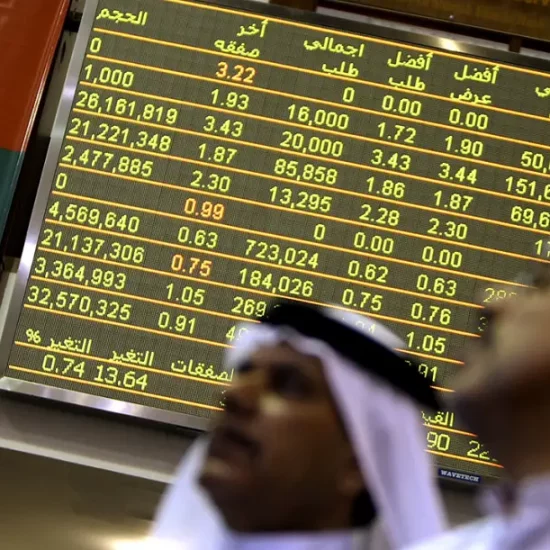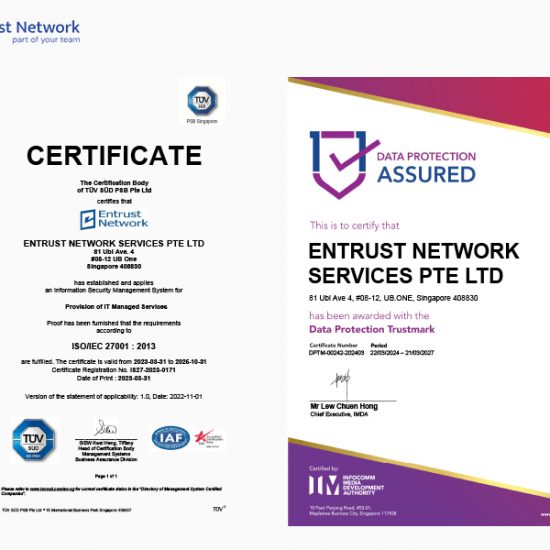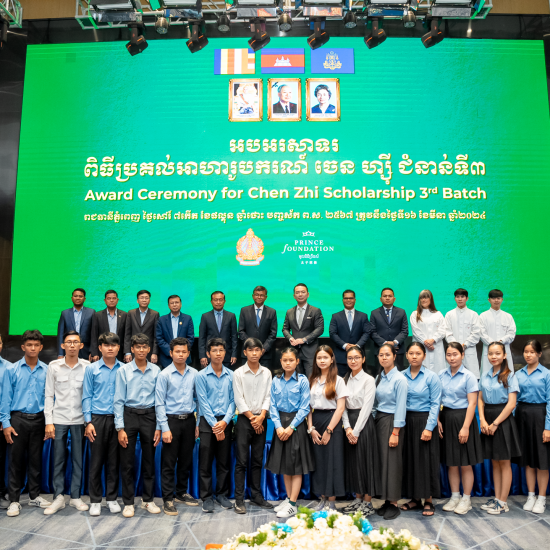MUMBAI: The microfinance industry has put disruptions relating to Covid-19 and demonetisation behind it. But the segment is still grappling with challenges due to high attrition rate and steep interest rates, say experts.
In its Inclusive Finance India Report 2023, ACCESS Development Services pegs the microfinance industry’s attrition at 49%. The figure is much higher at 64% in smaller microfinance institutions.
“The attrition is higher among field level staff, and around 70% of MFI staff are on the field. The field-level job is quite tough, and so many not be able to cope,” says Jiji Mammen, executive director and chief executive officer, Sa-Dhan.
Apart from other microfinance institutions, Mammen notes that these individuals are finding employment opportunities outside the financial services segment too.
In recent years, microfinance enterprises have witnessed a steady growth in their loan books and an improvement in portfolio quality.
While the demand for microfinance loans has been strong, the higher operating costs associated with new regulations and the need to recover past losses has led to higher interest rates, say experts.
At a recent event, Reserve Bank of India (RBI) governor Shaktikanta Das asked microfinance institutions to be “judicious” in using the flexibility on interest rates they charge from borrowers.
“Though interest rates are deregulated, certain NBFC-MFIs appear to be enjoying relatively high net interest margins. It is indeed for microfinance lenders themselves to ensure that the flexibility provided to them in setting interest rates is used judiciously,” Das said.
In 2022, RBI removed caps on pricing of small loans given by non-banking financial companies (NBFC), bringing them to the same level as other lenders including banks. Following this, underwriting of loans is done on a risk-based analysis and a risk-premium is charged on a borrower.
Currently, microfinance institutions levy an interest rate ranging from 18-26%. Some microfinance institutions provide housing loans and water sanitation and hygiene loans. Experts highlight that at these interest rates, it is difficult to envisage the affordability of these essential activities.
The microfinance segment witnessed sizeable write-offs during the Covid-19 pandemic. As a result of this, credit losses have risen by around 2.5% in recent years due to higher provisioning requirements under the Ind-AS accounting model. Additionally borrowing costs have also risen in the current interest rate hike cycle. Together, these factors have contributed to higher interest rates in the microfinance segment, say experts.
“Before RBI raised its alarm, we had a detailed discussion with CEOs of MFIs to understand the reasons behind these interest rates. After these discussions, we understood the need for a higher cost,” says Mammen.
In such a scenario, microfinance institutions must be given access to low-cost funds. Both RBI and development finance institutions such as Small Industries Development Bank of India, National Bank for Agriculture and Rural Development, and National Housing Bank must offer a refinance facility that can bring down the interest rates to the customer, say experts.
“Statistically speaking, MFIs today are lending at much, much lower rates than during 2000-2010,” said ACCESS Development Services chief executive officer Vipin Sharma.
Sharma added that with the pandemic impact receding, technology becoming more dominant and competition increasing, interest rates will likely come down.
Source: The Financial Express
The post High Attrition, Pricey Loans Key Hurdles In MFI Segment: Experts first appeared on Latest India news, analysis and reports on IPA Newspack.







